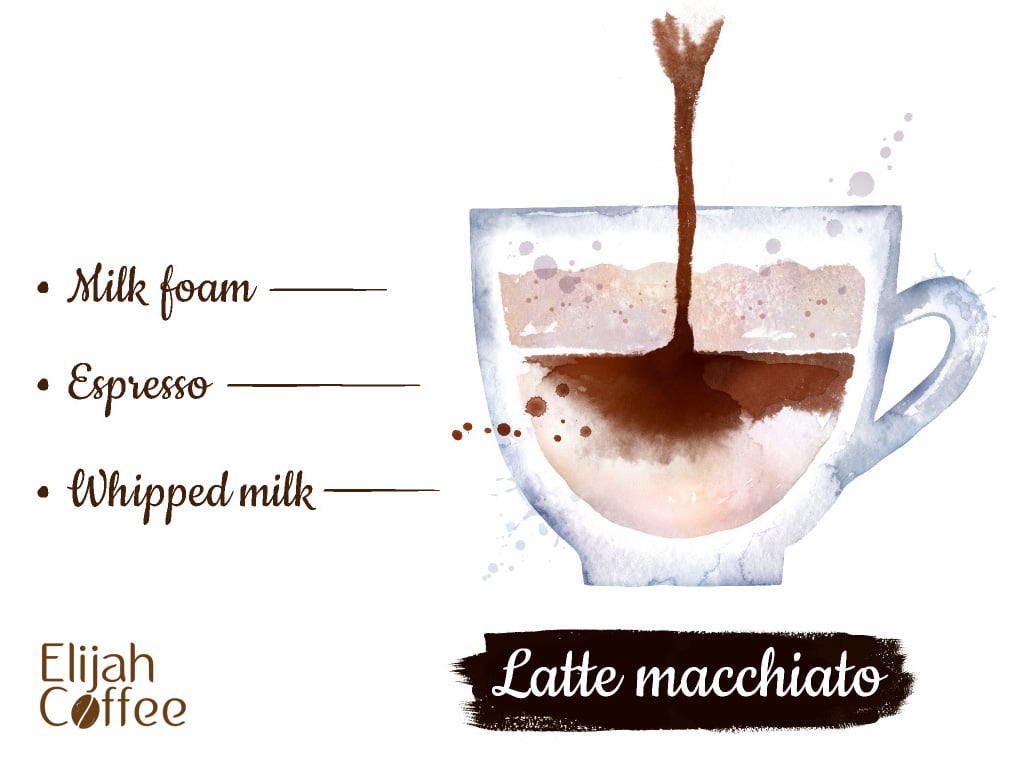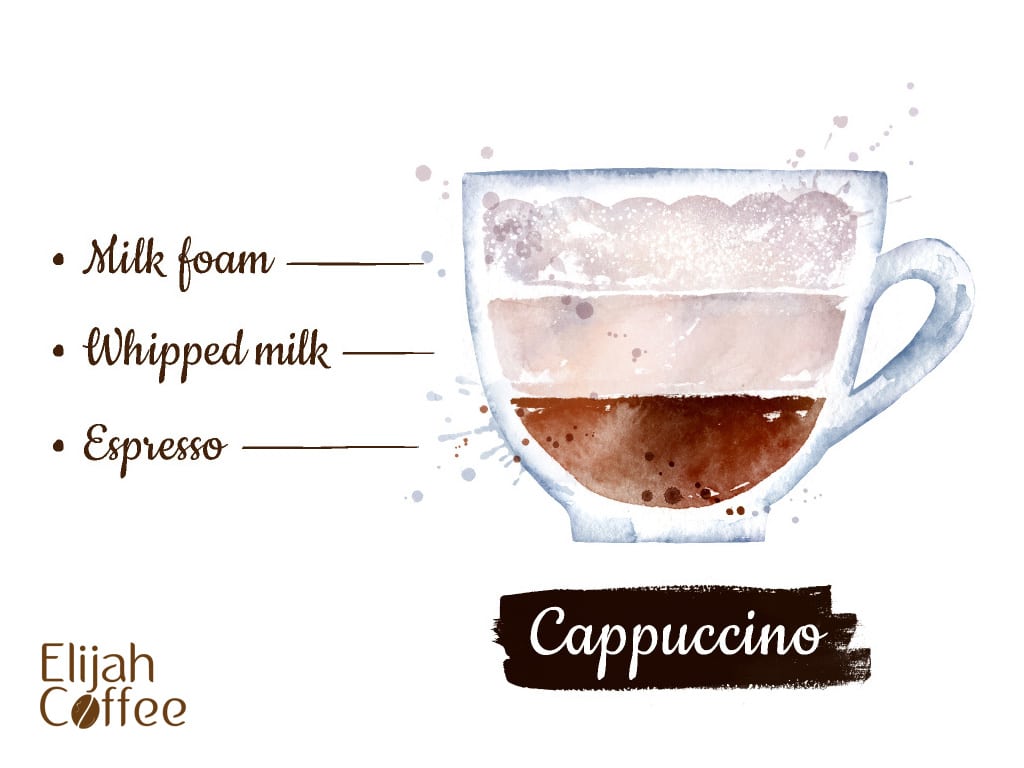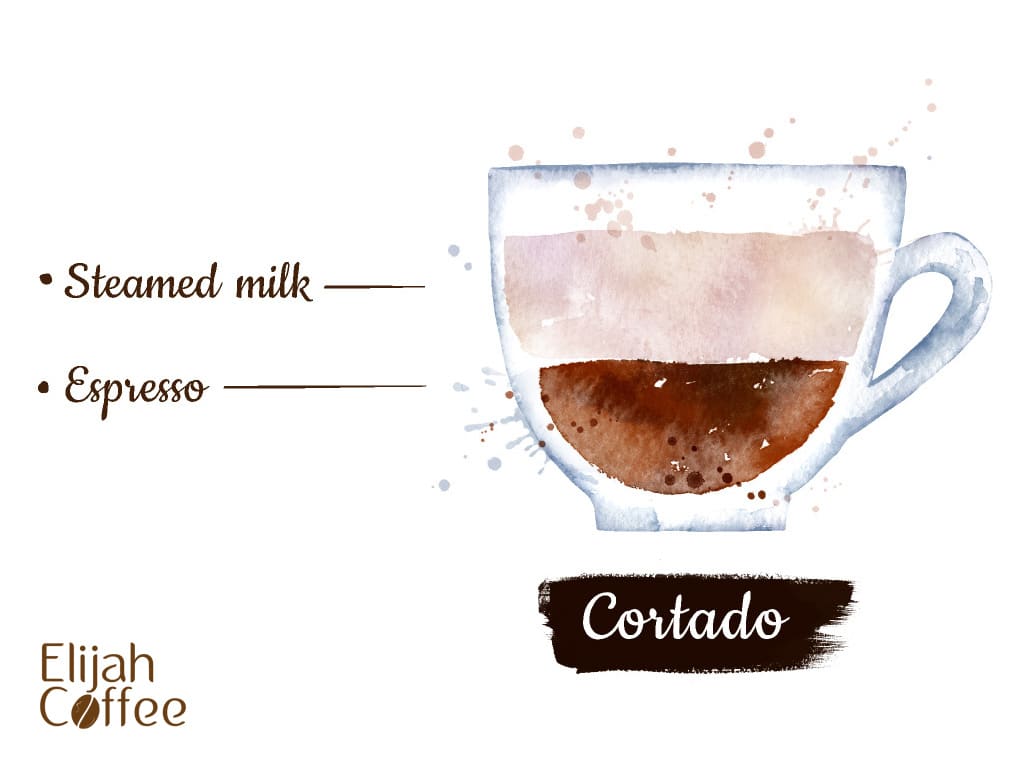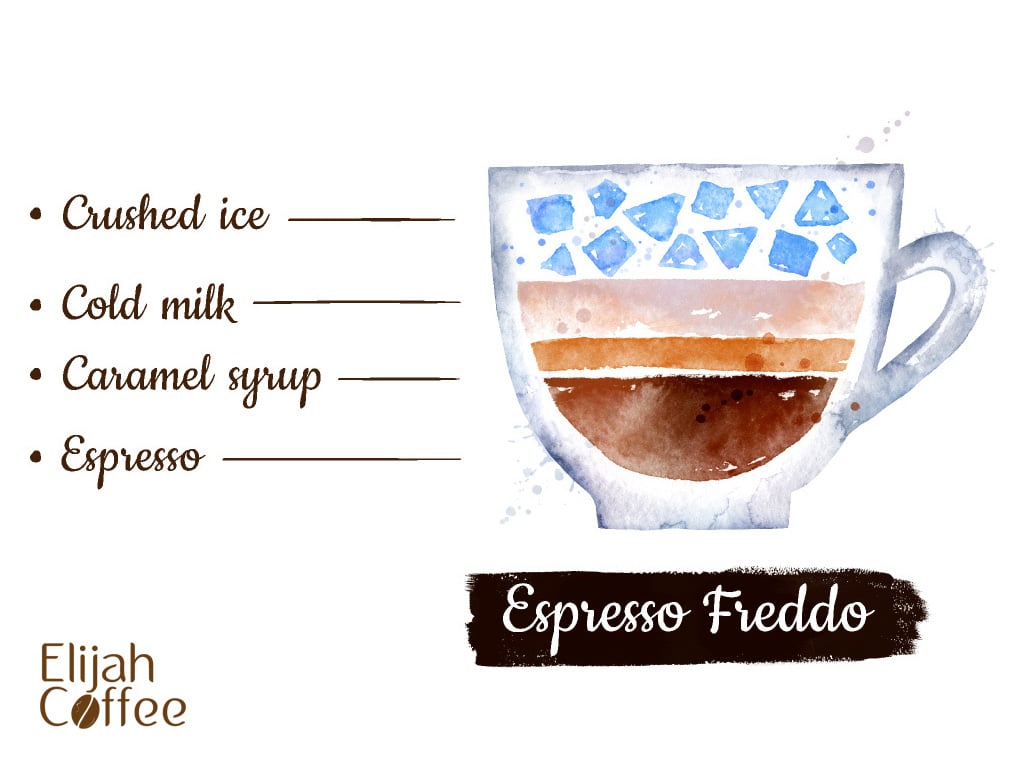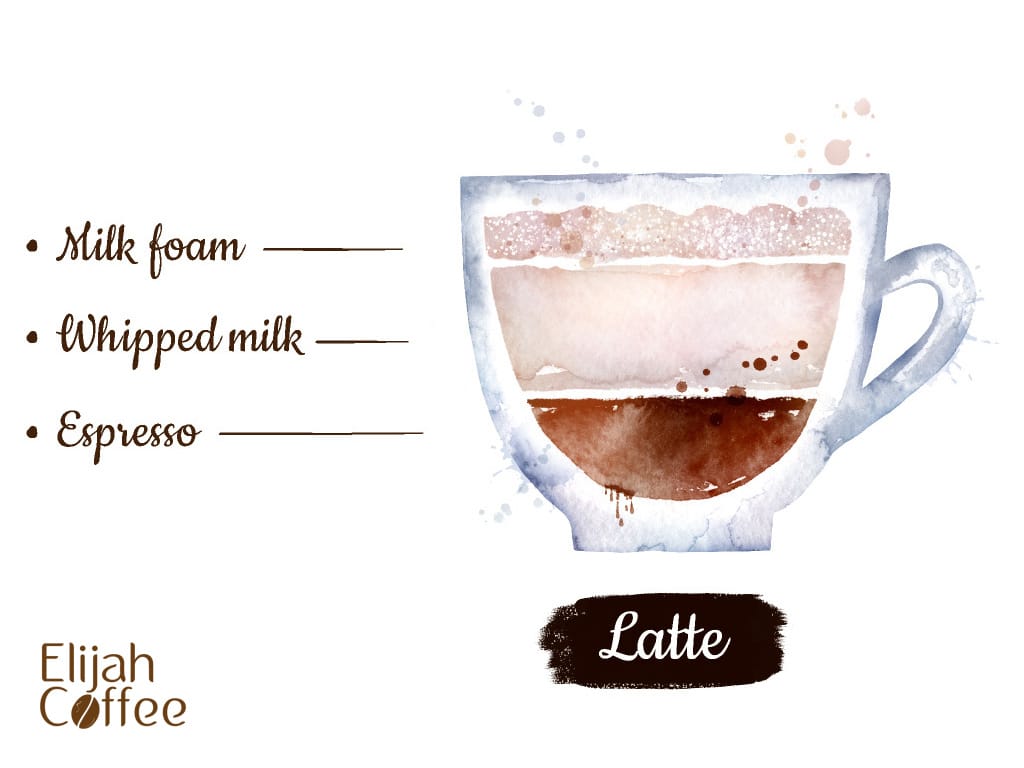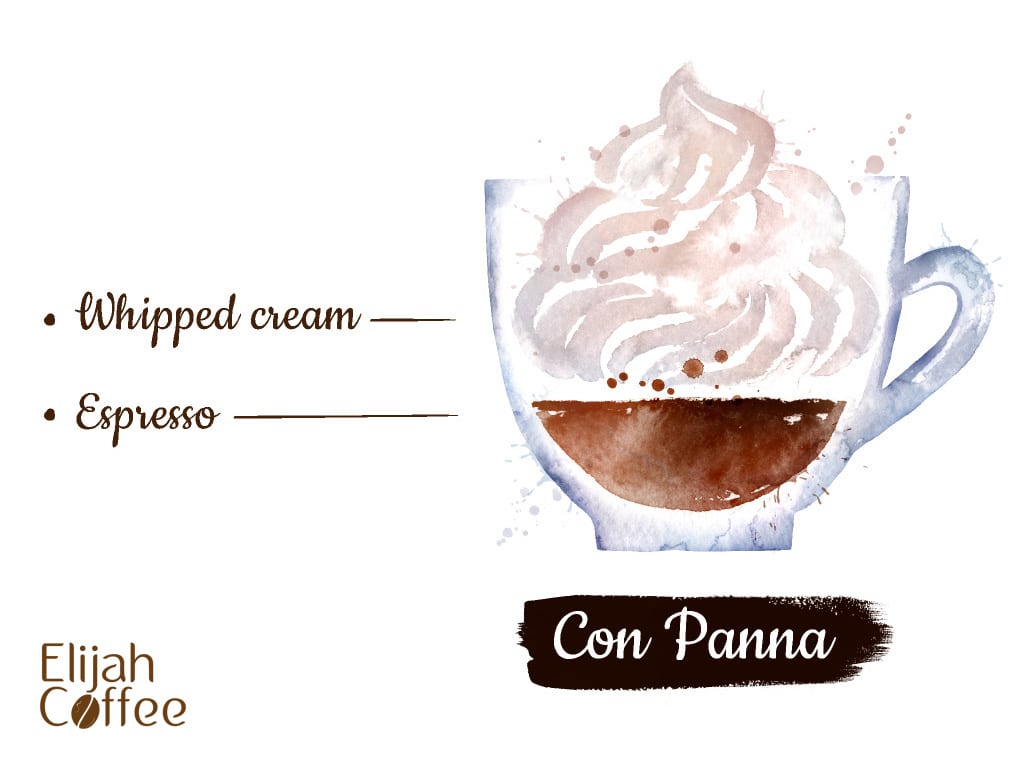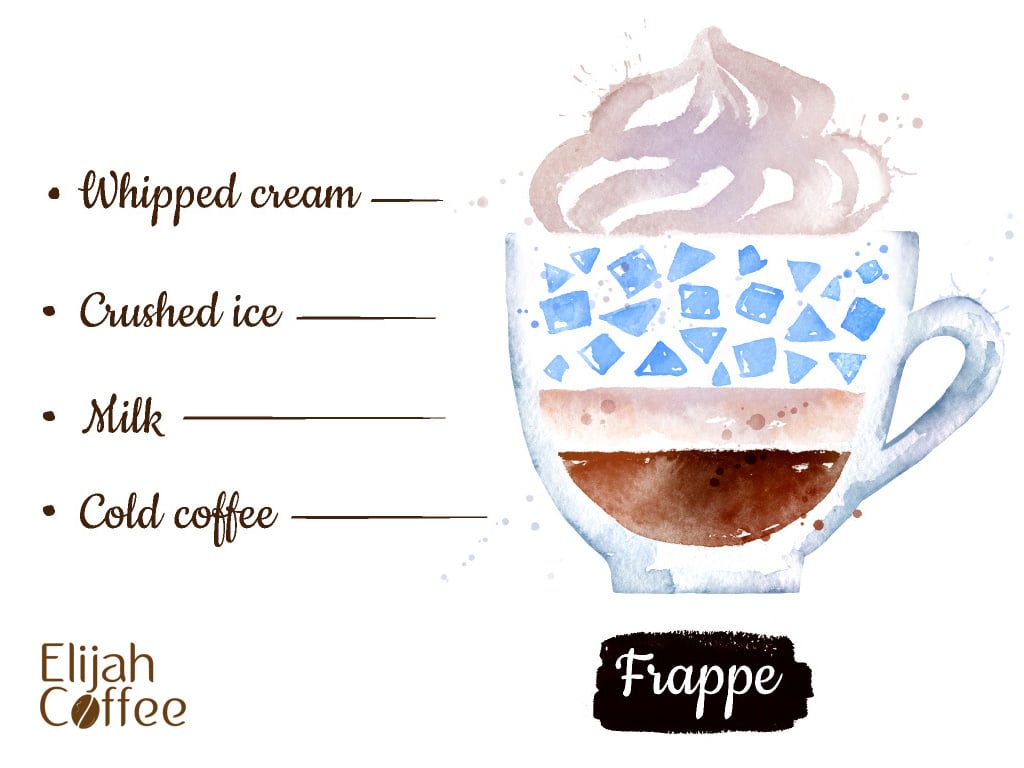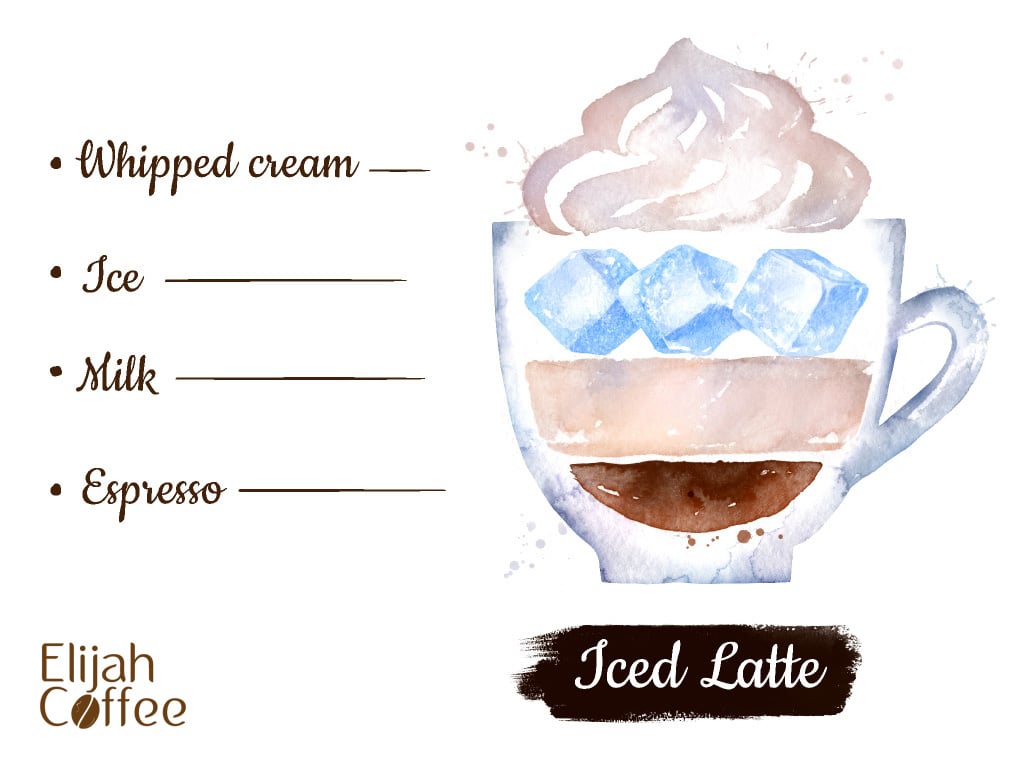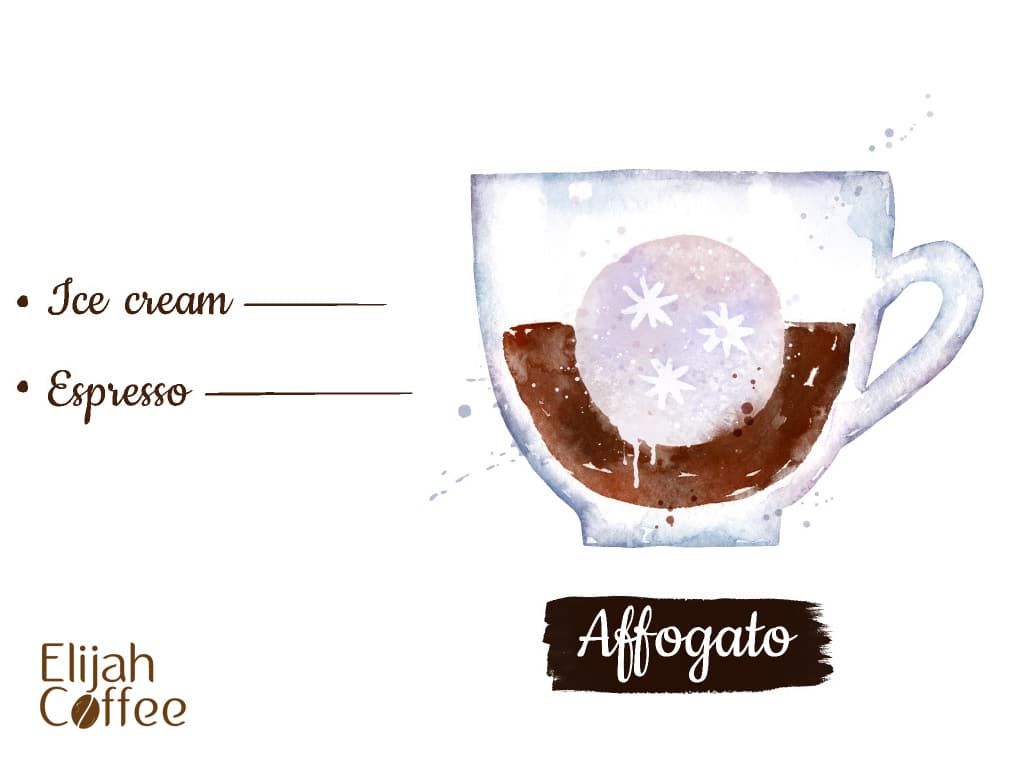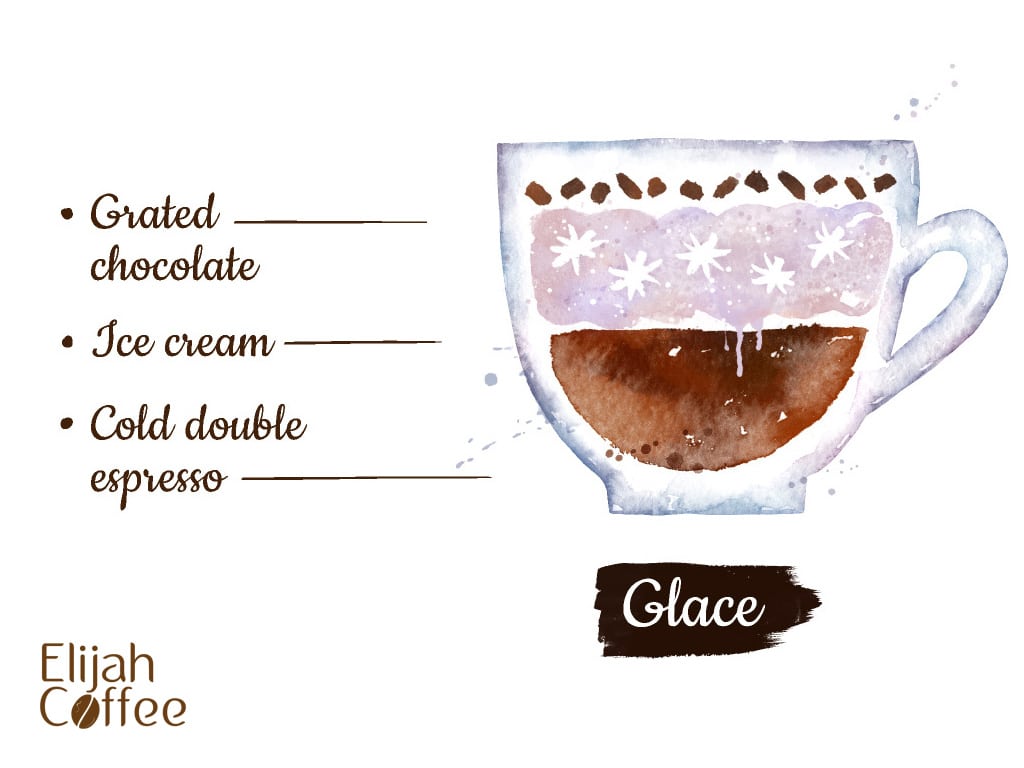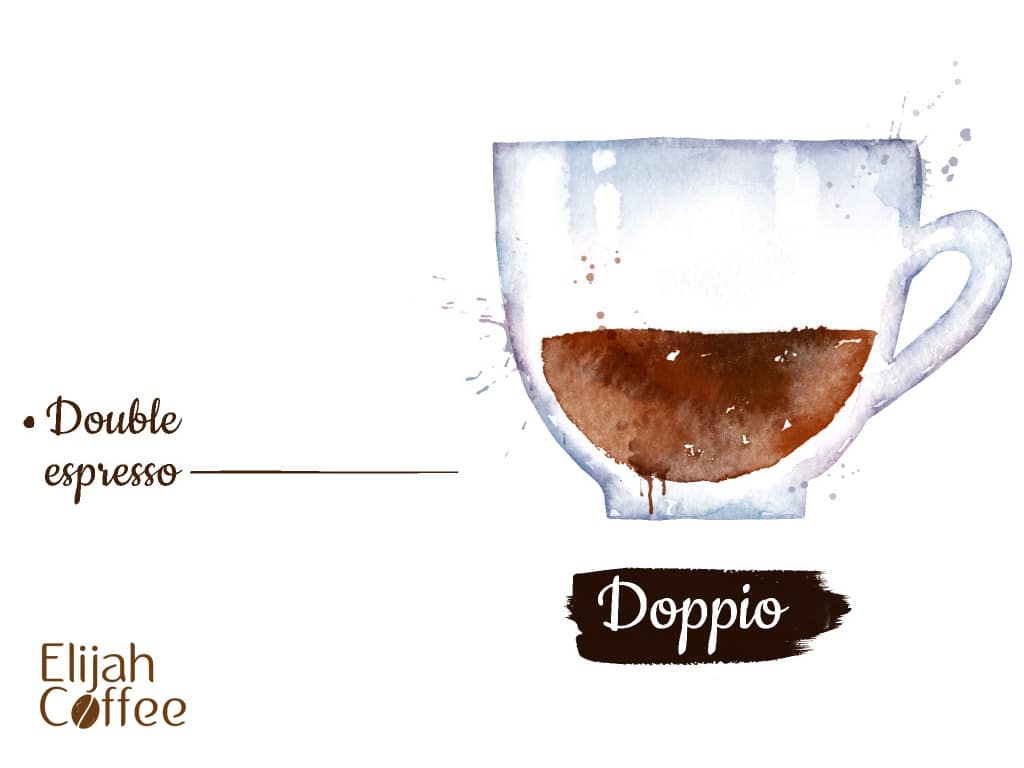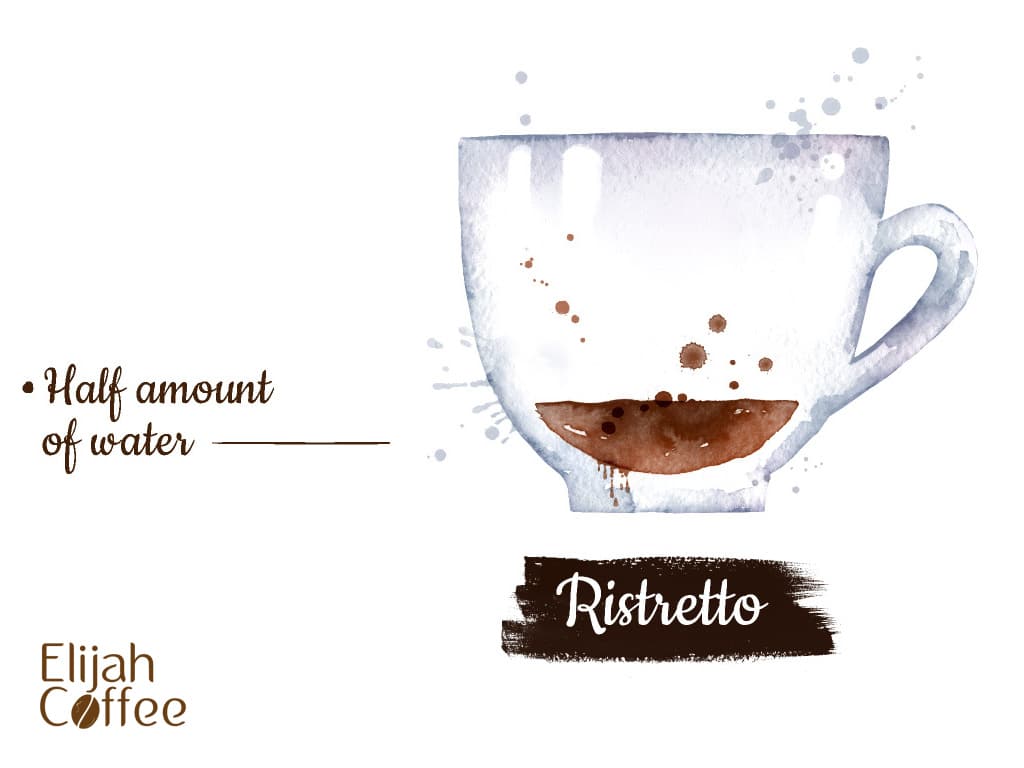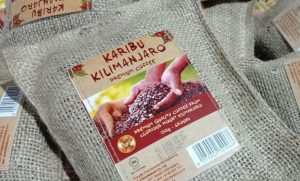My 14-year-old daughter is a math whiz and cute as a button, but I question her common sense. I showed her how to use our Moka pot to make coffee, then one morning, I was in a hurry. I woke up late. I asked her if she would make me a coffee using the Moka. When she brought me a cup, I couldn’t believe what she had done.
Where Did The Moka Pot Originate?
The Moka pot gets its name from the Yemeni city, Mocha. Mocha was where the coffee trade began and was one of the most important centers of the trade. Mocha grew as the coffee trade grew. The pot was invented in Italy and popularized there.
Several stories suggest how the Moka pot was invented. One story says Alfonso Bialetti got the idea in 1933, watching his wife wash clothes and observing the washing machine’s operation. Another tale says Luigi De Ponti invented the pot and sold it to Bialetti, who patented it. In both versions, Bialetti’s son, Renato, produced and made the pot famous. The Moka then became known as a Bialetti.
What Is A Moka Pot?
The Moka is a stove-top or electric coffee maker. It is a small pot, although large ones are available to make coffee for entire families. The pot is manufactured from aluminum in three parts. The top is the collection chamber for brewed coffee. The bottom, or boiler, holds water and is equipped with a pressure valve to prevent the pot from exploding. The center is a series of metal filters.
How Does It Work?
The Moka is a special design to boil the water in the boiler and use steam pressure to force it through a center spout of a filter basket through coffee grounds. Then, it travels through a second filter, up through a center spout again, and into the collection chamber. A lid on the collection chamber keeps the coffee from spurting. Be sure to keep it closed during brewing!
Is That All There Is To It?
There are a few more things to know about a Moka.
- A recommendation is never to use soap. The porous metal of the pot accumulates oils from the coffee that contribute to its flavor. It is best to rinse the pot with hot water, perhaps scrub it with a rough cloth, and then dry it with a clean towel.
- Never fill the boiler up beyond the pressure valve. The boiler is often under high pressure and could explode if the valve is blocked.
- A fine grind is the best to experience the full flavor of the coffee.
- When putting coffee into the top of the first filter, don’t over-fill or tamp down the coffee. Level it off with a knife or a spoon.
- When the water begins to boil, you will hear a gurgling sound. That is the sign to remove the pot from the heat.
- Allow the pot to continue steaming for a few seconds, then cover it with a cold towel.
So, How Did The Instant Coffee Work?
My daughter set the cup of coffee on the table in front of me. I took a sip – a small sip, fortunately. It ended up on the wall on the other side of the table. My darling daughter looked at me like, “What?” So, let me tell you. It was horrid. Yes, you can make instant coffee in a Moka, but I suggest using fresh ground coffee instead.







